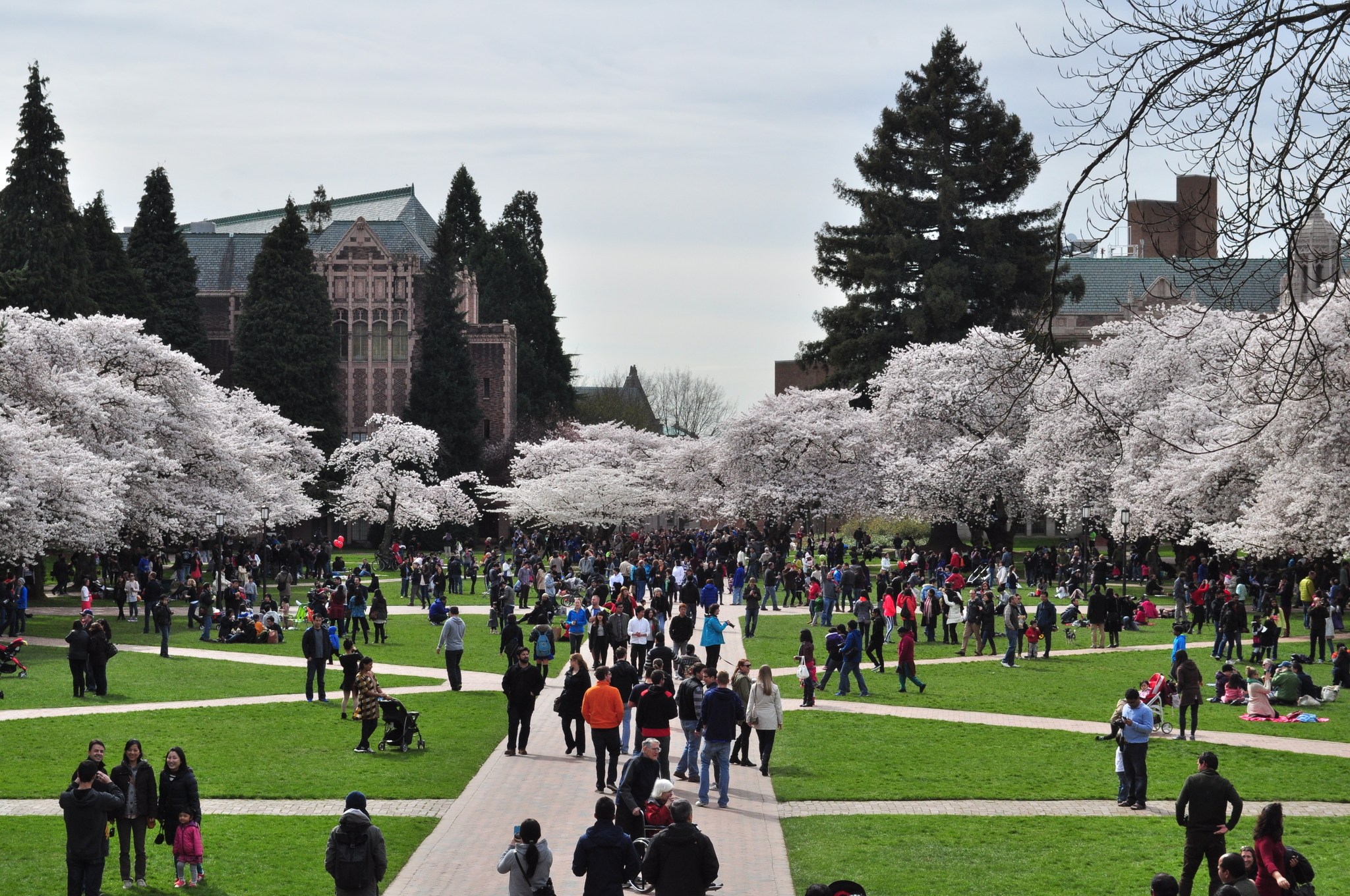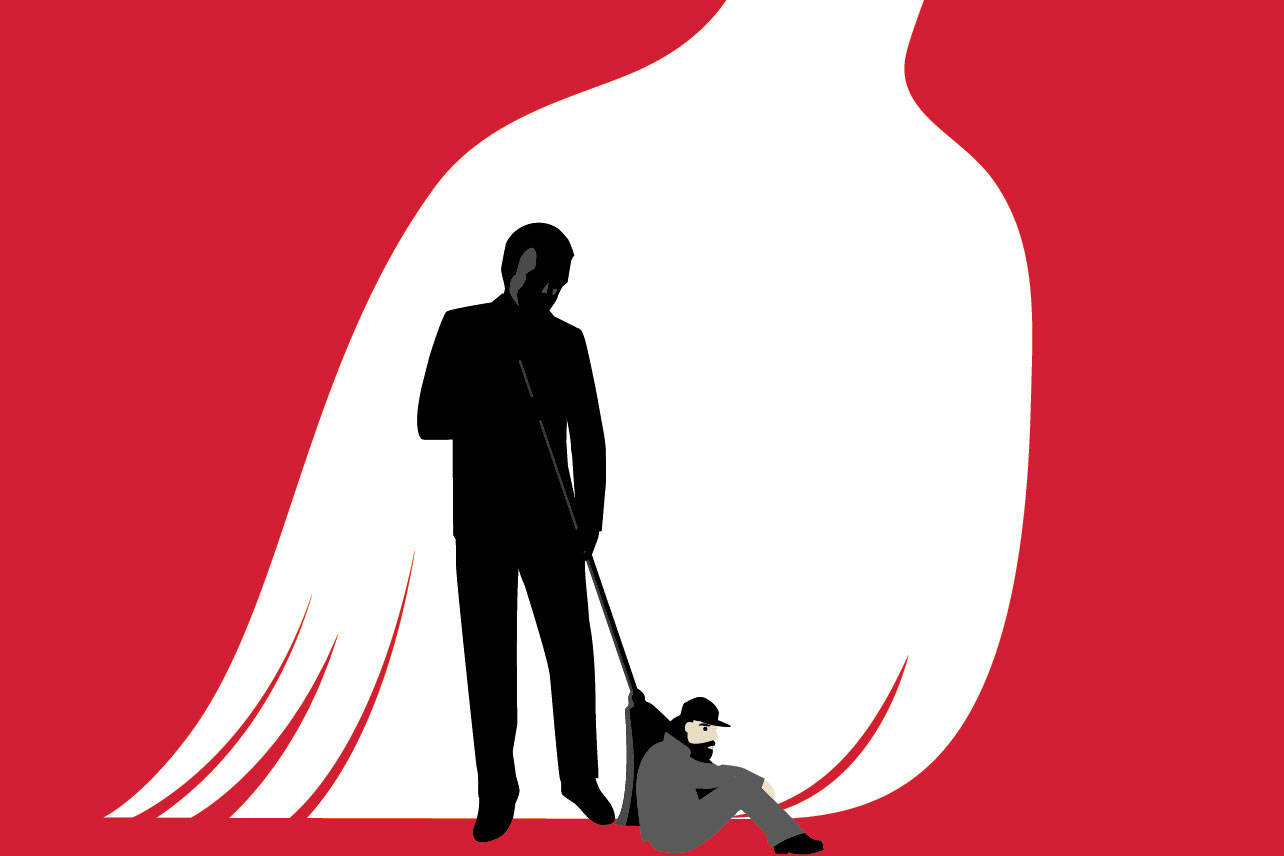Two years ago, you may recall, there was a big brouhaha up in Bellingham over issues of race on campus.
The trouble started after then–Western Washington University president Bruce Shepard asked in a blog post how the campus could ensure it was “not as white as we are today.” The question was a reference to the simple fact that Washington was becoming more diverse—or, put another way, less white—and a public university should reflect that changing demographic. The question wasn’t a one-off. During a commencement speech, Shepard stated that if the campus did not grow more diverse, it would be a failure of the administration. In a country still not really comfortable talking about race, Shepard’s comments felt like a provocation to many, and the president (who is white) was savaged by right-wing commentators—not to mention discussion-board commenters—who constantly stand at ready alert against the supposed attacks liberalism seeks to launch against white America.
“Clearly, Shepard is an anti-White toady, creeping to anti-White elites,” opined one website, which still comes up on the first page of Google—between a Crosscut story and a KOMO story—when you search “Western Washington University president diversity.” More sympathetic commentators faulted Shepard for using straightforward language in a delicate situation that they said called for hints and euphemisms.
But Shepard—who retired last spring—stood his ground, and when the dust settled and one was allowed to look at the issue soberly, it became hard to do anything but wholeheartedly agree with his statements: State universities are created to serve all the people, and as such should reflect the people. That comment is not so much controversial as self-evident.
Which gets us to some good news about the incoming class of freshmen at the University of Washington, which is starting fall quarter this week: It is the most diverse freshman class ever admitted by the Huskies, including a 12 percent jump in the enrollment of Latino students.
According to The Seattle Times, this achievement doesn’t come from rejecting a higher number of white students; rather, acceptance of in-state white students has remained fairly steady: 66 percent of those who applied in 1998 made the cut, 61.1 percent this year. What’s changed is that Washington’s population growth has been fueled by a diverse influx of new residents, and the growing class size at UW has reflected that. Just 10 years ago—again, per the Times—70 percent of public high-school students in Washington were white; today, 56 percent are. In Seattle, 46.5 percent of high-school students are white. Likewise, this year, the UW freshman class stands at 39 percent white. You mathematicians out there might note that 39 percent seems a little low for the white class given statewide statistics, but with figures that fluctuate year to year, it’s the trend that is more important to note than individual data points—and the trend is no doubt a positive one.
Amazingly, these enrollment figures have been achieved at UW without the benefit of affirmative action—which Washington voters wrongly outlawed in 1998 via a ballot measure. To repeat what’s been said many times before, a college education has proven to be one of the best predictors of whether or not someone is unemployed or lives in poverty. Given the continued economic disadvantages facing America’s black and Latino communities, public universities represent a tangible and ready tool to address economic inequality. We have said before that affirmative action should be allowed in Washington state. In lieu of that unlikely action, UW’s approach is an acceptable substitute: Admission officers have increased recruitment efforts in minority communities, and take into account applicants’ personal stories when deciding whether they are right for UW. That might seem like a work-around, but the takeaway is that the university sees a student body with a diverse array of life experiences as a positive. They are right.
This year’s freshman class will benefit from seminars and dormitories packed with classmates whose backgrounds and worldviews differ from their own—perhaps greatly. Exposure to a diversity of ideas is the stuff of liberal education, and for these students, that education will not come simply from a textbook or a lecture. It will come from talking to those around them. As such, we can be almost sure that even for students who haven’t started classes yet, school has already begun.
editorial@seattleweekly.com






